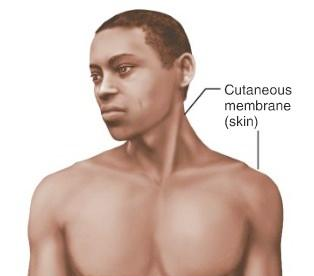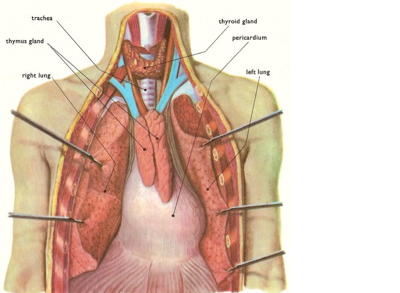Sign up for FlowVella
Sign up with FacebookAlready have an account? Sign in now
By registering you are agreeing to our
Terms of Service
Loading Flow



35. The cutaneous membrane is your skin. It is an organ system that consists of a keratinized stratified squamous epithelium firmly attached to a thick layer of dense irregular connective tissue (dermis). It is exposed to air and is a dry membrane. Mucous membranes line body cavities that open to the exterior. Examples would be the hollow organs of the digestive, respiratory, and urogenital tracts. These membranes are often adapted for absorption and secretion. Serous membranes are the moist membranes found in closed ventral body cavities. They consist of simple squamous epithelium resting on a thin layer of loose connective (areolar) tissue. The mesothelial cells enrich the fluid that filters from the capillaries in the associated connective tissue with hyaluronic acid. Then a clear serous fluid results that lubricates the facing surfaces of the parietal and visceral layers, so they slide across each other easily.

